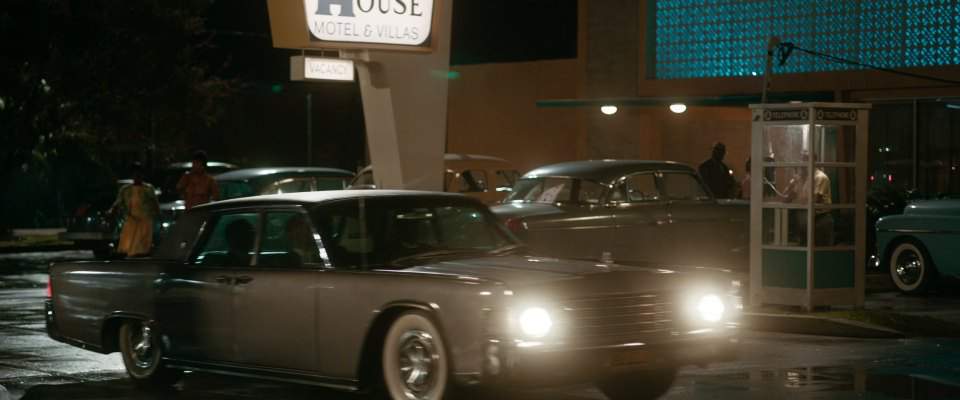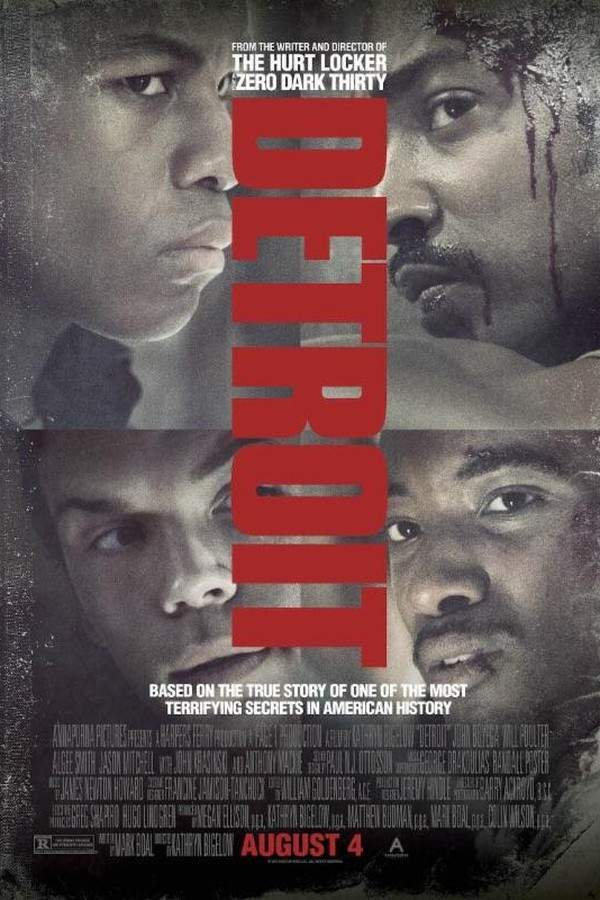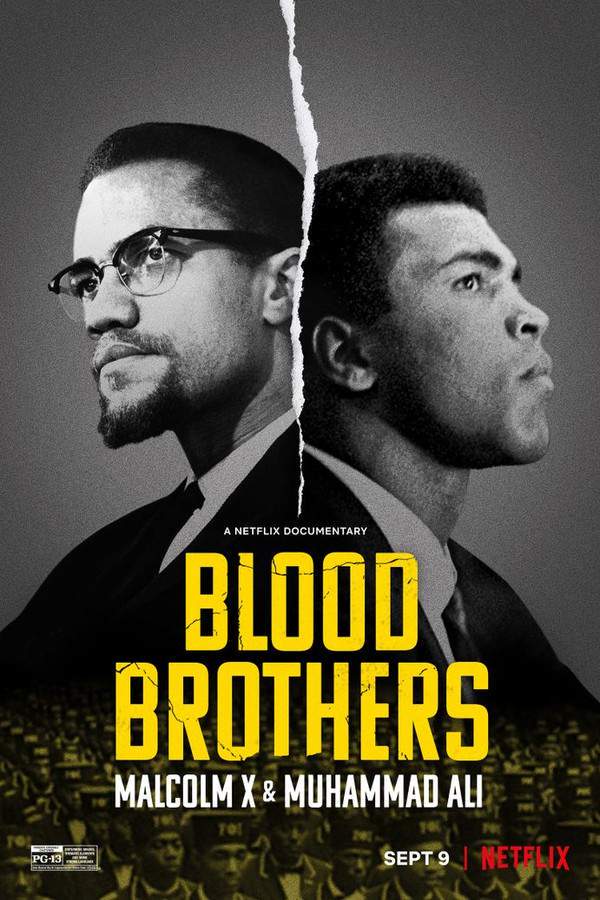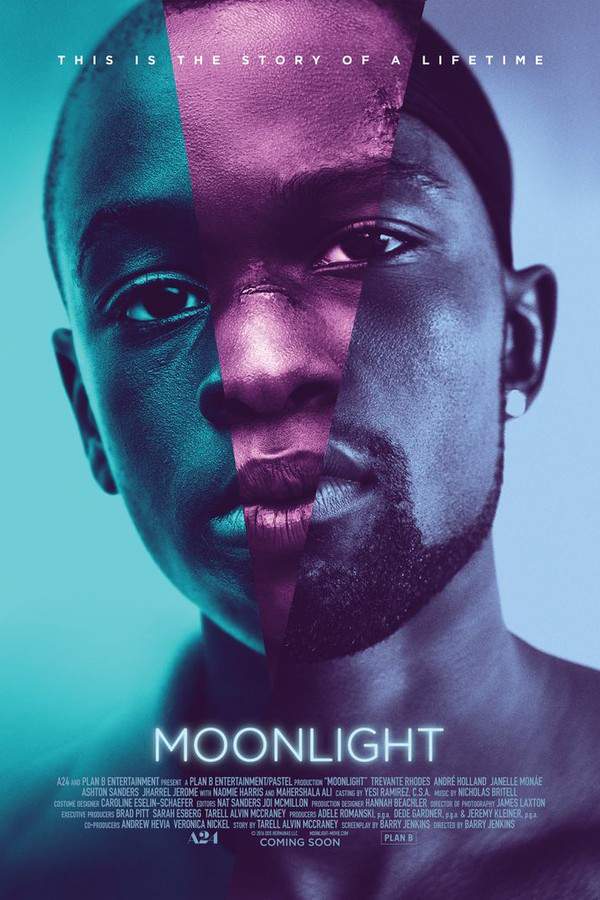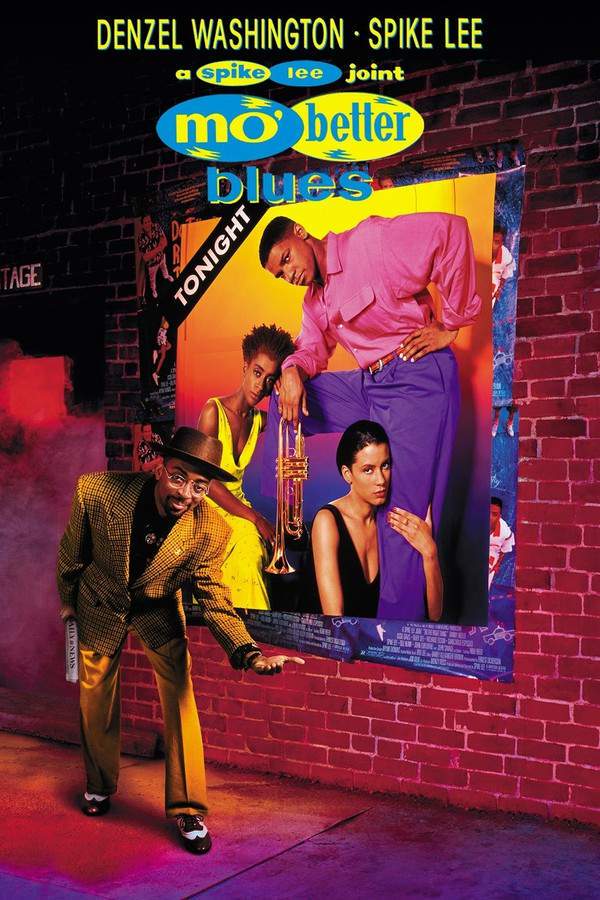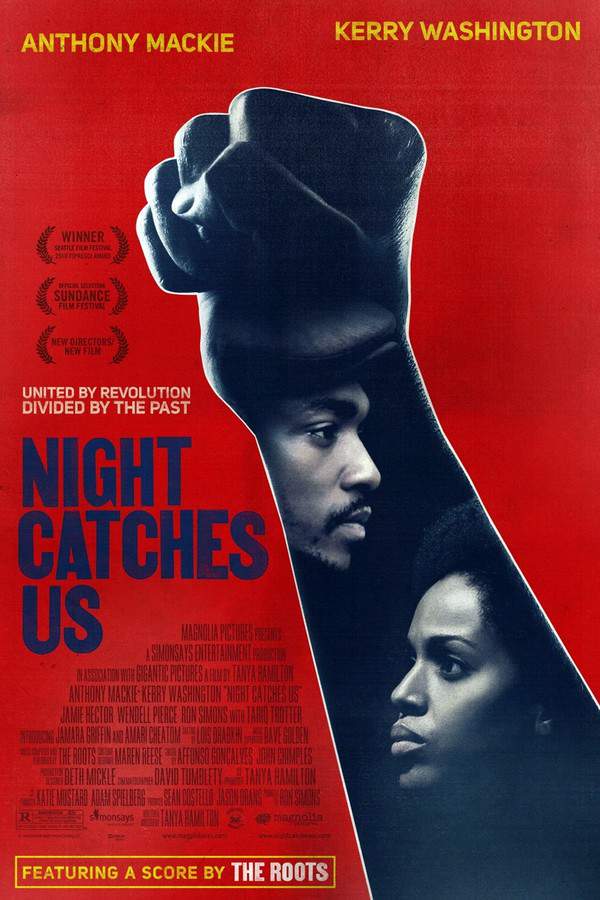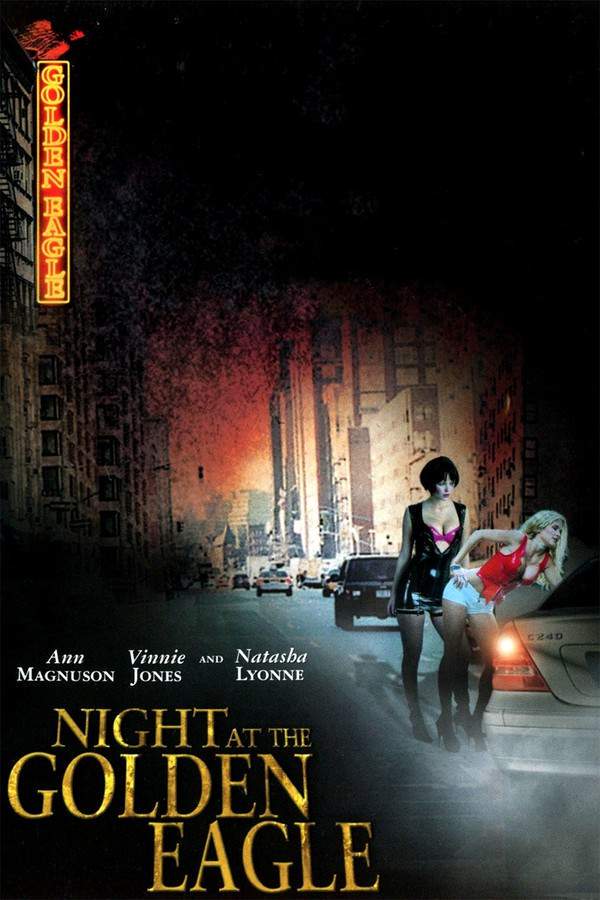One Night in Miami 2020
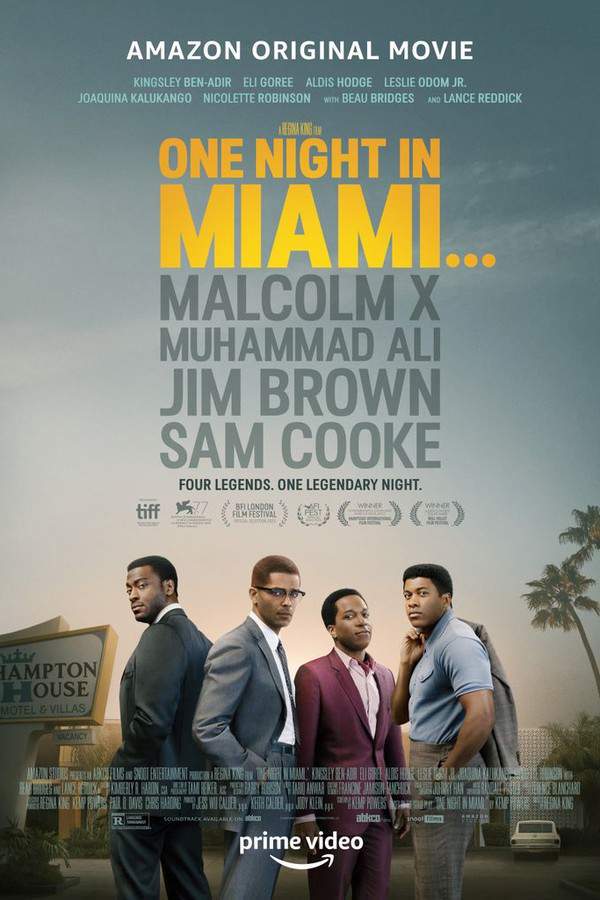
In 1964, following Cassius Clay's stunning victory over Sonny Liston, the newly crowned champion gathered with three other influential figures: Malcolm X, Sam Cooke, and Jim Brown. The group convened in a Miami hotel room to celebrate and discuss the racial and cultural landscape of America, exploring themes of identity, religion, and social responsibility during a pivotal moment in history.
Does One Night in Miami have end credit scenes?
No!
One Night in Miami does not have end credit scenes. You can leave when the credits roll.
Meet the Full Cast and Actors of One Night in Miami
Explore the complete cast of One Night in Miami, including both lead and supporting actors. Learn who plays each character, discover their past roles and achievements, and find out what makes this ensemble cast stand out in the world of film and television.
External Links and Streaming Options
Discover where to watch One Night in Miami online, including streaming platforms, rental options, and official sources. Compare reviews, ratings, and in-depth movie information across sites like IMDb, TMDb, Wikipedia or Rotten Tomatoes.
Ratings and Reviews for One Night in Miami
See how One Night in Miami is rated across major platforms like IMDb, Metacritic, and TMDb. Compare audience scores and critic reviews to understand where One Night in Miami stands among top-rated movies in its genre.

The Movie Echo Score
One Night in Miami stands out for its assured direction and compelling ensemble, offering a thoughtful exploration of four historic figures in a single setting. Reviews highlight Regina King’s poised handling of complex material and Kemp Powers’s reflective screenplay that balances political intensity with personal introspection. The performances are broadly praised for depth and authenticity, despite occasional pacing lulls and confined staging. Overall, the film delivers a resonant dialogue-driven experience that remains engaging across its runtime.
The Movie Echo Score Breakdown for One Night in Miami

Art & Craft
In terms of Art & Craft, Regina King’s directorial debut exhibits measured control and clear visual intent. The steady camera work and restrained editing underscore the film’s theatrical roots without feeling static. Production design and framing favor an understated palette that reinforces the period setting. Overall, the craft elevates the intimate scope into a polished cinematic experience.

Character & Emotion
In terms of Character & Emotion, the ensemble performances deliver nuanced portrayals that capture each figure’s complexity. While most actors bring strong presence and chemistry, a few moments reveal uneven energy in central exchanges. The dialogue-driven interactions foster emotional resonance, allowing viewers to connect with the characters’ ideological struggles. Overall, the portrayals feel authentic and affecting.

Story & Flow
In terms of Story & Flow, the film offers a focused narrative that emphasizes dialogue and thematic depth. The coherent structure maintains clarity of ideas, though extended conversations occasionally slow momentum. Originality emerges through its imagined convergence of iconic figures, yet the single-location approach can feel confined. Overall, the story engages conceptually but trades some pace for reflective exchange.

Sensory Experience
In terms of Sensory Experience, the film’s score and sound design enrich its reflective tone. Terence Blanchard’s music integrates smoothly with dialogue, underscoring emotional beats without overwhelming them. Visually, measured lighting and an understated color palette support the period ambiance, though the confined setting limits stylistic variety. Overall, the sensory elements complement the narrative’s intimacy.

Rewatch Factor
In terms of Rewatch Factor, the film’s incisive dialogue and thematic depth invite repeat viewing for further reflection. The sustained tensions and nuanced interactions reveal additional layers on subsequent screenings. However, the single-room structure and measured pacing may reduce excitement over multiple viewings. Overall, the film offers lasting interest through its ideas, though its format may limit rewatch enthusiasm.

83
Metascore
6.9
User Score


98%
TOMATOMETER

78%
User Score

7.1 /10
IMDb Rating

70
%
User Score

3.7
From 95 fan ratings

4.17/5
From 6 fan ratings
Take the Ultimate One Night in Miami Movie Quiz
Challenge your knowledge of One Night in Miami with this fun and interactive movie quiz. Test yourself on key plot points, iconic characters, hidden details, and memorable moments to see how well you really know the film.
One Night in Miami Quiz: Test your knowledge on the powerful interactions and historical events portrayed in 'One Night in Miami'.
What year does the film 'One Night in Miami' depict?
1960
1963
1964
1966
Show hint
Awards & Nominations for One Night in Miami
Discover all the awards and nominations received by One Night in Miami, from Oscars to film festival honors. Learn how One Night in Miami and its cast and crew have been recognized by critics and the industry alike.
93rd Academy Awards 2021

Writing (Adapted Screenplay)
74th British Academy Film Awards 2021

26th Critics' Choice Awards 2021
Best Picture


Best Acting Ensemble
Best Song
27th Annual Screen Actors Guild Awards 2021

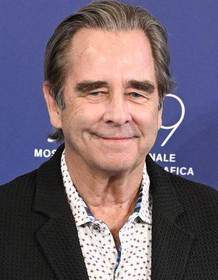


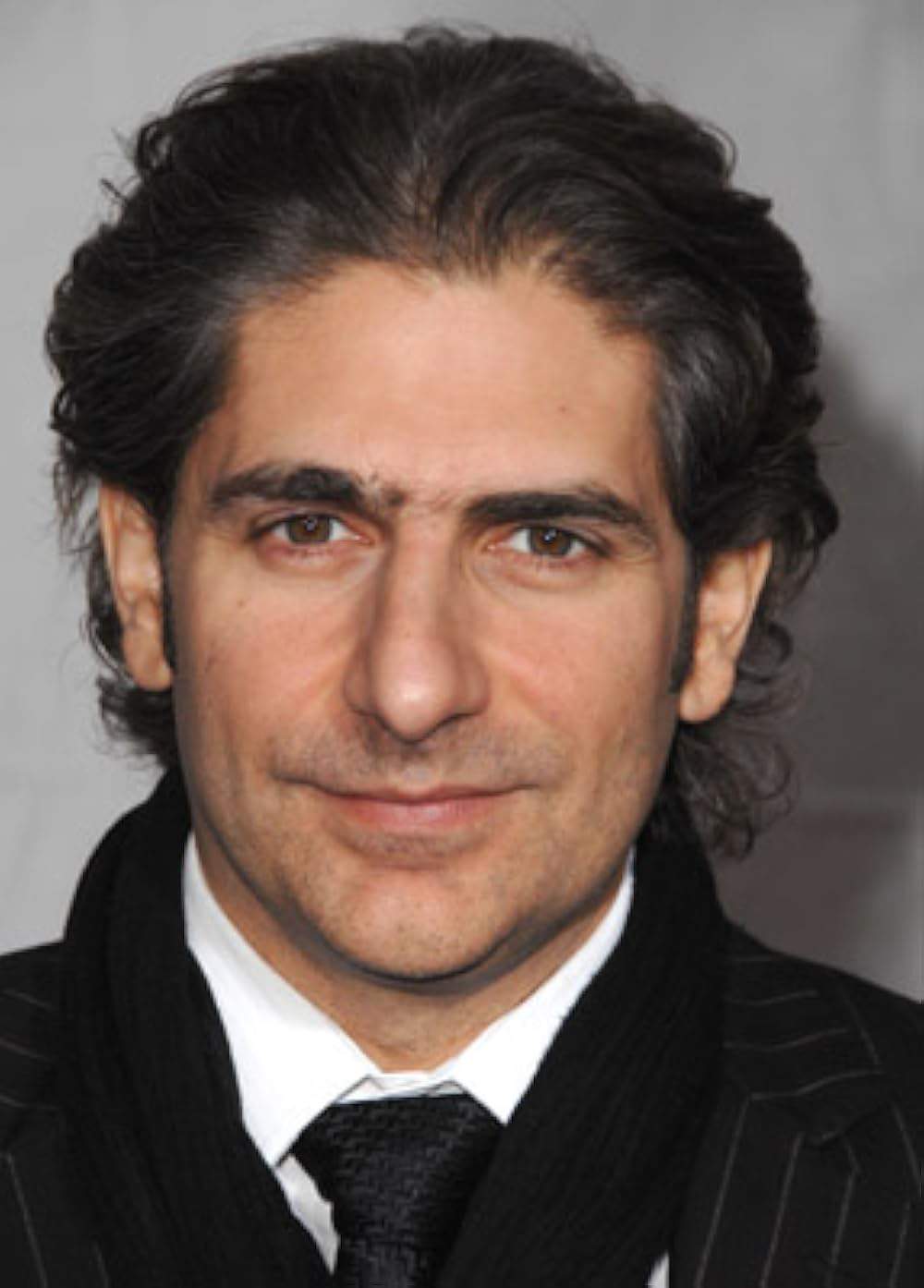

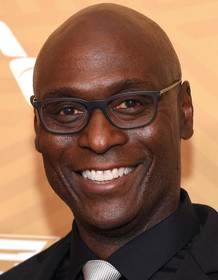
73rd Directors Guild of America Awards 2021

36th Artios Awards 2021
Studio or Independent – Drama
78th Golden Globe Awards 2021


Best Original Song
TIFF Awards 2020 2020

Full Plot Summary and Ending Explained for One Night in Miami
Read the complete plot summary of One Night in Miami, including all major events, twists, and the full ending explained in detail. Explore key characters, themes, hidden meanings, and everything you need to understand the story from beginning to end.
The film begins with a title card indicating that it is based on true events, setting the stage in 1963 and paralleling multiple narratives. We witness Cassius Clay (Eli Goree) on the verge of defeat against Henry Cooper at Wembley Stadium, where Clay’s taunting leads him to a near disastrous knockout. Simultaneously, in the vibrant atmosphere of the Copacabana in New York, soul sensation Sam Cooke (Leslie Odom Jr.) performs to an unimpressed, predominantly white audience marking a pivotal moment in his career.
Meanwhile, NFL star Jim Brown (Aldis Hodge) returns to his roots in Georgia, greeted by family friend Mr. Carlton (Beau Bridges) at a grand plantation. Though Carlton praises him with fervor, the warm welcome quickly turns sour upon Carlton’s use of a racial epithet, revealing the deep-seated prejudices that remain in society. At the same time, Malcolm X (Kingsley Ben-Adir) returns home and confides in his wife, Betty (Joaquina Kalukango), about his contemplation of leaving the Nation of Islam.
As the narrative unfolds, we leap into February 25, 1964, where the men converge in Miami for Clay’s monumental match against Sonny Liston. Prior to the fight, Malcolm meets with Clay at a motel, where they engage in Islamic prayer rituals. That night, in a shocking upset, Clay claims the title of world heavyweight champion. Following the match, Malcolm invites his three friends to his motel room, hoping for a reflective gathering, yet anticipation of celebration turns to tension. Disagreements arise as Malcolm criticizes Sam for his mainstream success and suggests he’s betraying the black community.
In a crucial moment, Malcolm’s assistant and bodyguard, Kareem (Lance Reddick), provides a sense of security, highlighting the atmosphere laden with conflict. The group wrestles with their identities and responsibilities, particularly Malcolm’s increasing paranoia about being surveilled by the FBI and his emotional distress regarding his allegiances to the Nation of Islam.
As the night progresses, the dialogue becomes more charged. Malcolm’s aggressive questioning of Sam’s artistic choices leads to a physical confrontation that Kareem and a young Nation of Islam member, Jamaal (Christian Magby), swiftly defuse. This confrontation peels back layers of internalized racism and socio-political dynamics, as Jim shares his aspirations of becoming a film actor while grappling with his own racial identity.
As Sam and Cassius contemplate their futures, a significant moment arises—Cassius articulates the essence of “Power” as the ability to live authentically. Despite the friction in their relationships, there’s an underlying bond and a shared vision of empowerment. The tension boils over again, with Malcolm and Sam at odds about the impact of their success, leading Sam to storm out after a particularly heated exchange.
Yet, amidst conflict, there’s camaraderie; they briefly step out to experience life outside of their pressures—old friends reuniting over small errands, grappling with the implications of their fame. Following their return to the motel, Malcolm lays out a radical proposal—he intends to break from the Nation of Islam to forge his own path. Cassius rebuffs Malcolm’s invitation to join this new cause, filled with feelings of betrayal.
In a twist of fate, the press catches wind of their gatherings, prompting Cassius to speak on his newfound beliefs, a decision that propels their lives into uncharted territories. That evening, the aftermath unfolds joyfully as they toast to Cassius’s decision. Meanwhile, Malcolm confronts impending threats, noticing the ominous presence of the same white men from before, underscoring the constant danger that looms.
The film captures momentous events: Sam’s poignant debut of “A Change Is Gonna Come” on The Tonight Show, Cassius changing his name to Muhammad Ali, and Malcolm’s turbulent fallout with the Nation of Islam which culminates in a firebombing of his home. The film concludes with a powerful quote from Malcolm on his own fate, foreshadowing the tragic events that would lead to his assassination just days later, signifying the harsh realities faced by those who fight for justice and equality.
Uncover the Details: Timeline, Characters, Themes, and Beyond!

Coming soon on iOS and Android
The Plot Explained Mobile App
From blockbusters to hidden gems — dive into movie stories anytime, anywhere. Save your favorites, discover plots faster, and never miss a twist again.
Sign up to be the first to know when we launch. Your email stays private — always.
Watch Trailers, Clips & Behind-the-Scenes for One Night in Miami
Watch official trailers, exclusive clips, cast interviews, and behind-the-scenes footage from One Night in Miami. Dive deeper into the making of the film, its standout moments, and key production insights.
Cars Featured in One Night in Miami
Explore all cars featured in One Night in Miami, including their makes, models, scenes they appear in, and their significance to the plot. A must-read for car enthusiasts and movie buffs alike.
One Night in Miami Themes and Keywords
Discover the central themes, ideas, and keywords that define the movie’s story, tone, and message. Analyze the film’s deeper meanings, genre influences, and recurring concepts.
One Night in Miami Other Names and Titles
Explore the various alternative titles, translations, and other names used for One Night in Miami across different regions and languages. Understand how the film is marketed and recognized worldwide.
Similar Movies To One Night in Miami You Should Know About
Browse a curated list of movies similar in genre, tone, characters, or story structure. Discover new titles like the one you're watching, perfect for fans of related plots, vibes, or cinematic styles.
Quick Links: Summary, Cast, Ratings, More

What's After the Movie?
Not sure whether to stay after the credits? Find out!
Explore Our Movie Platform
New Movie Releases (2025)
Famous Movie Actors
Top Film Production Studios
Movie Plot Summaries & Endings
Major Movie Awards & Winners
Best Concert Films & Music Documentaries
Movie Collections and Curated Lists
© 2025 What's After the Movie. All rights reserved.


















